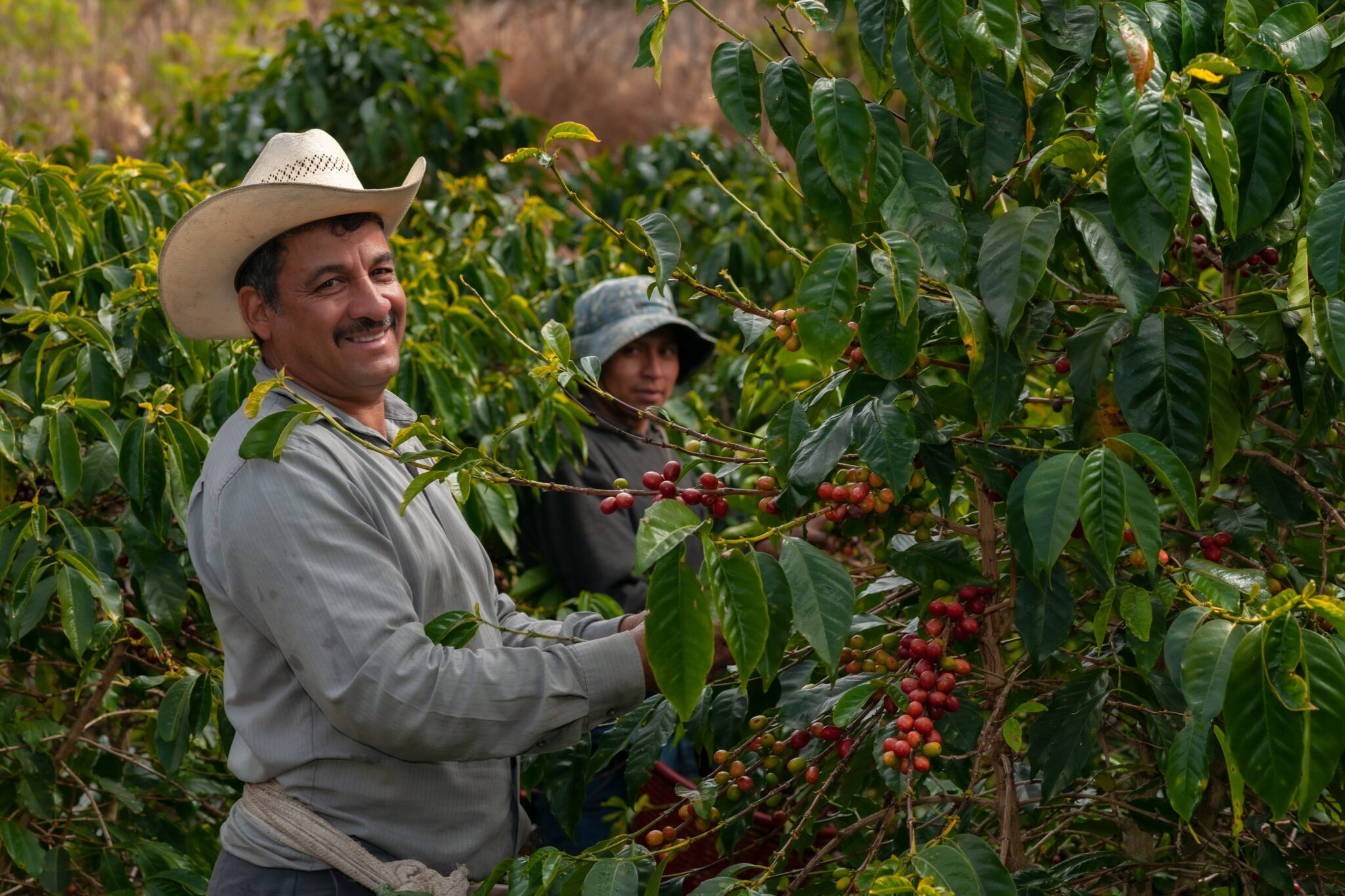
Avocados produced in Africa, cashew nuts harvested in China and Australia, coffee from New Zealand… By 2050, global warming will redistribute the maps of the main producing countries of these three main ingredients in our diet. For the first time, scientists have not only studied the effects of rising temperatures to identify new harvesting areas, they have also analyzed soil structure. And that can change everything!
Rice, wine, coffee… Scientists have already identified which foodstuffs in our daily lives are threatened by global warming. What is less known are the new production areas that could potentially accommodate the cultivation of these foods. Never before have researchers looked at this question regarding cashews and avocados. In a large study published in the internationally recognized journal PlosOne, scientists at the University of Applied Sciences in Zurich reveal that they not only used predictors of precipitation, temperature and humidity to identify places in the world where these two types of food will be grown against 2050, but they also combined soil characteristics, pH and elevation.
According to the Food and Agriculture Organization of the United Nations (FAO), world cashew nut production is currently secured by Vietnam, India, Ivory Coast and Benin. For the latter, in the worst case, the cultivation of this seed that we like to taste as an aperitif could completely disappear due to the much too high temperatures. Conversely, the rise in mercury in other regions of the world, namely the United States, South America, East Africa around Lake Victoria, North India, Vietnam, China and Australia, will allow these countries to think about a new market. In the best case scenario, the share of cultivation areas could increase by 17% by 2050. In fact, the cashew nut will prove to be the food that best adapts to global warming.
Africa, the future Eldorado of the avocado
Avocado growers won’t be able to say the same as growing their fruit will be severely challenged by too much rain or too much drought. Today 58% of world production comes from Mexico, Indonesia, Peru and the Dominican Republic. The acreage suitable for avocado cultivation in the latter destination could decrease to 85% by 2050. Conversely, other regions will get more rain, which could encourage them to start producing avocados. This would be the case in particular for many African countries such as Burkina Faso, Nigeria, Chad, Ethiopia, Uganda and Kenya. Peru, for its part, will almost certainly see the cultivation of this type of food disappear on its soil, while its closest South American neighbors such as Brazil, Uruguay, Paraguay and Argentina could benefit from better growing conditions.
Soon a coffee made in New Zealand?
Coffee is the third and final food studied by scientists. This is the ingredient that will adapt least well to global warming. While Brazil, Colombia, Vietnam and Indonesia currently harvest 64% of world production, researchers have indicated that coffee cultivation could decline by more than 50% by 2050. These main producers will no longer live on land suitable for growing coffee trees. Especially in Vietnam, temperatures will get way too high for the trees to know how to flower and bear fruit. Unlike cashews and avocados, few regions will enjoy ideal climatic conditions for growing coffee. However, we may be drinking a small kawa from the United States, China, India, and even New Zealand in the near future.
(ETX Daily Up)